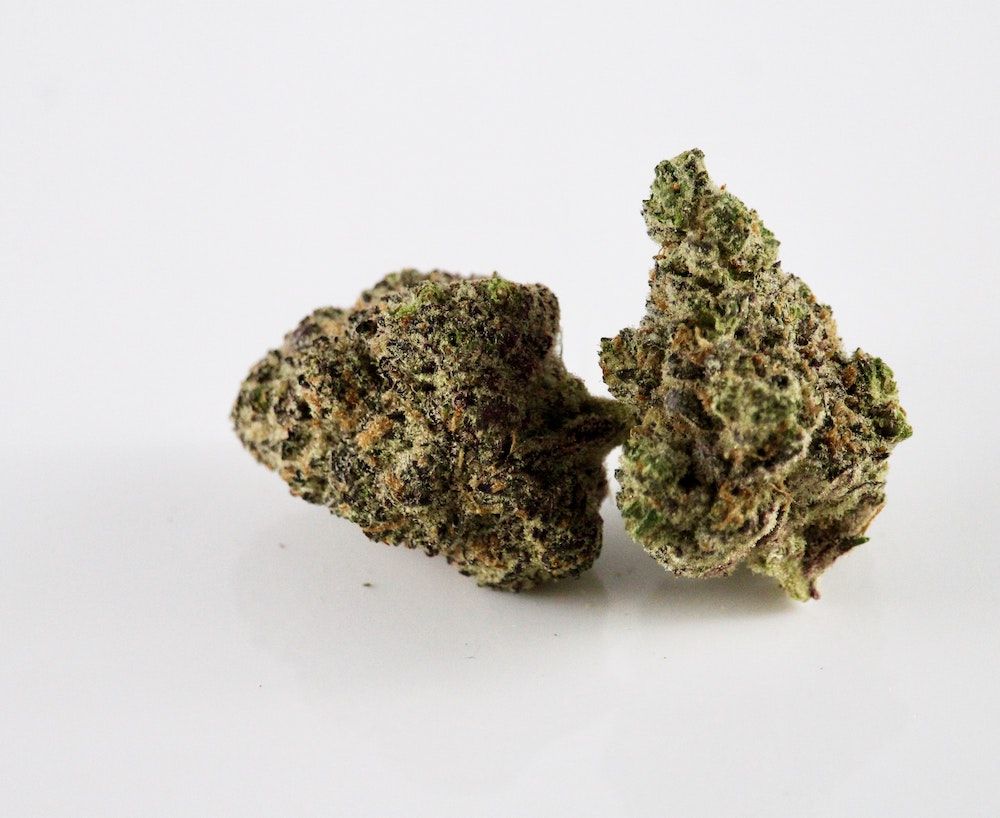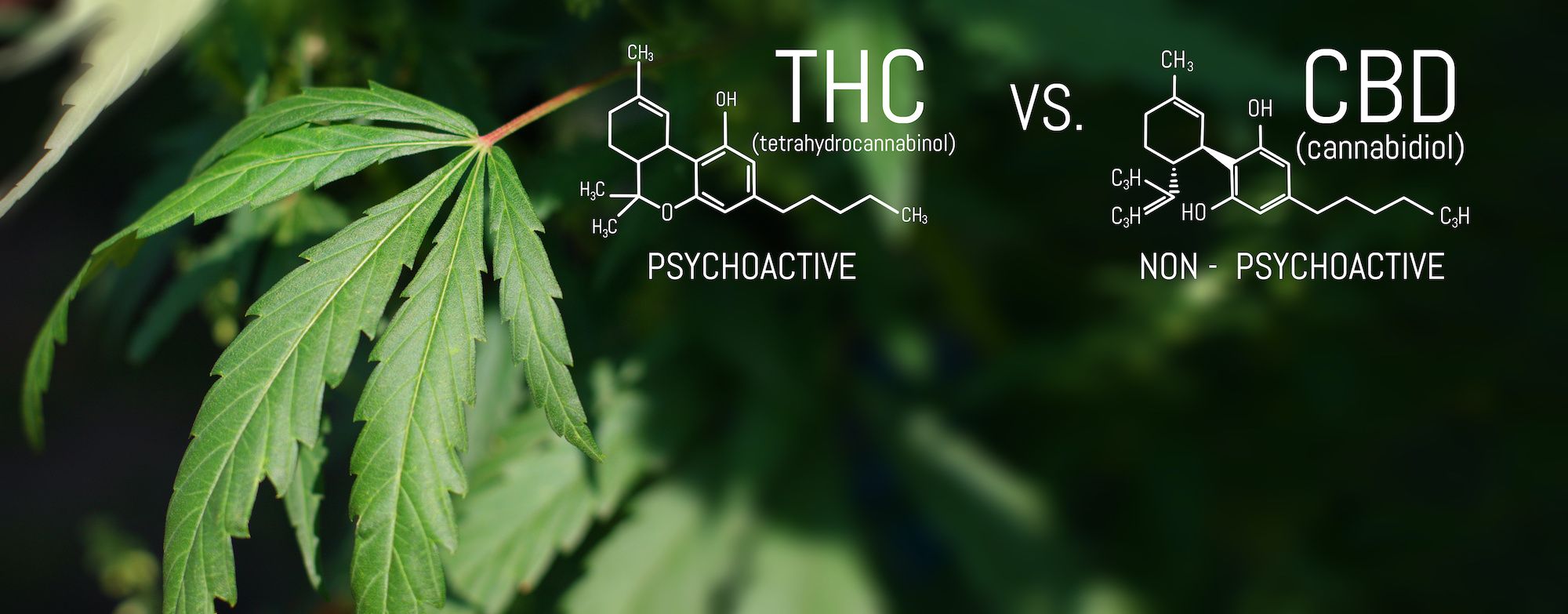Cannabinoids 101 - An Introduction
What Are Cannabinoids? This is a question that many cannabis patients and advocates ponder.

What Are Cannabinoids? This is a question that many cannabis patients and advocates ponder. In this introduction, we answer this question and provide a briefing into how the human body absorbs cannabinoids.
Put simply, cannabinoids are chemical compounds that are found in the cannabis plant. Whole plant cannabis contains over 400 naturally occurring components. We currently know of 113 cannabinoids in the cannabis plant. The two cannabinoids we know the most about are Tetrahydrocannabinol (THC) and Cannabidiol (CBD), but the cannabis plant contains many other cannabinoids that simply lack proper data at this time.
There are people who are proponents of whole-plant cannabis in its various forms, especially when it comes to concentrates. Many people believe that the benefits of the entire cannabis plant are more important than isolating a single cannabinoid like CBD. There isn’t much scientific research to back up this line of thinking - we mostly just have anecdotes available to us at this time.
"Whole plant cannabis contains over 400 naturally occurring components. We currently know of 113 cannabinoids in the cannabis plant."
Decarboxylation
Most people think of THC and CBD when it comes to cannabinoids because these are the two compounds that we currently understand the most about. However, THC and CBD aren’t produced directly from dried cannabis flower. Instead, these compounds are activated through a process known as decarboxylation. Most cannabis cultivars contain the cannabinoids THCA and CBDA in the highest concentrations.
The most common way of decarboxylation THCA and CBDA is with heat: vaping, making and consuming edibles, or smoking. As the industry grows and we continue to learn more about cannabis plant medicine, we could discover other ways of ingesting cannabinoids besides. Decarboxylation. This will go hand-in-hand with learning more about cannabinoids and their potential benefits.
Cannabinoids Explained: THC and CBD
THC is the psychoactive cannabinoid found in cannabis, and CBD is non-psychoactive. This means that products containing CBD will typically not produce a “high”. CBD is attractive for many cannabis consumers because it is thought to deliver benefits without the impairment that comes with ingesting THC. CBD products that are derived from hemp must contain less than 0.3% THC to be sold legally in most states. There’s much debate currently going on as to whether CBD derived from hemp is effective at all. Again, more studies need to be conducted in order to hold a science-based viewpoint on the matter.

Cannabinoid Receptors
Cannabinoid receptors are cell membrane receptors found throughout the human body and are a part of the endocannabinoid system. The endocannabinoid system is responsible for regulating our appetite, mood, pain sensations, and even memory. It is for this reason that many cannabis advocates, activists, and consumers believe that the cannabis plant is directly linked to human evolution in some capacity. This is yet another speculation that isn’t rooted in much data, and the research on it is still in its early stages.
Scratching the Surface
There is much to learn and understand when it comes to cannabinoids, as this article is cannabinoids 101. We are just scratching the surface. We will see more studies, research, and tests conducted on cannabinoids so we can continue to improve our understanding of them. Stay tuned to HashDash for more important science-based articles like this one.
DISCLAIMER: This article is for discussion and interaction purposes only and is not intended to treat or diagnose any ailments, conditions, or diseases.
